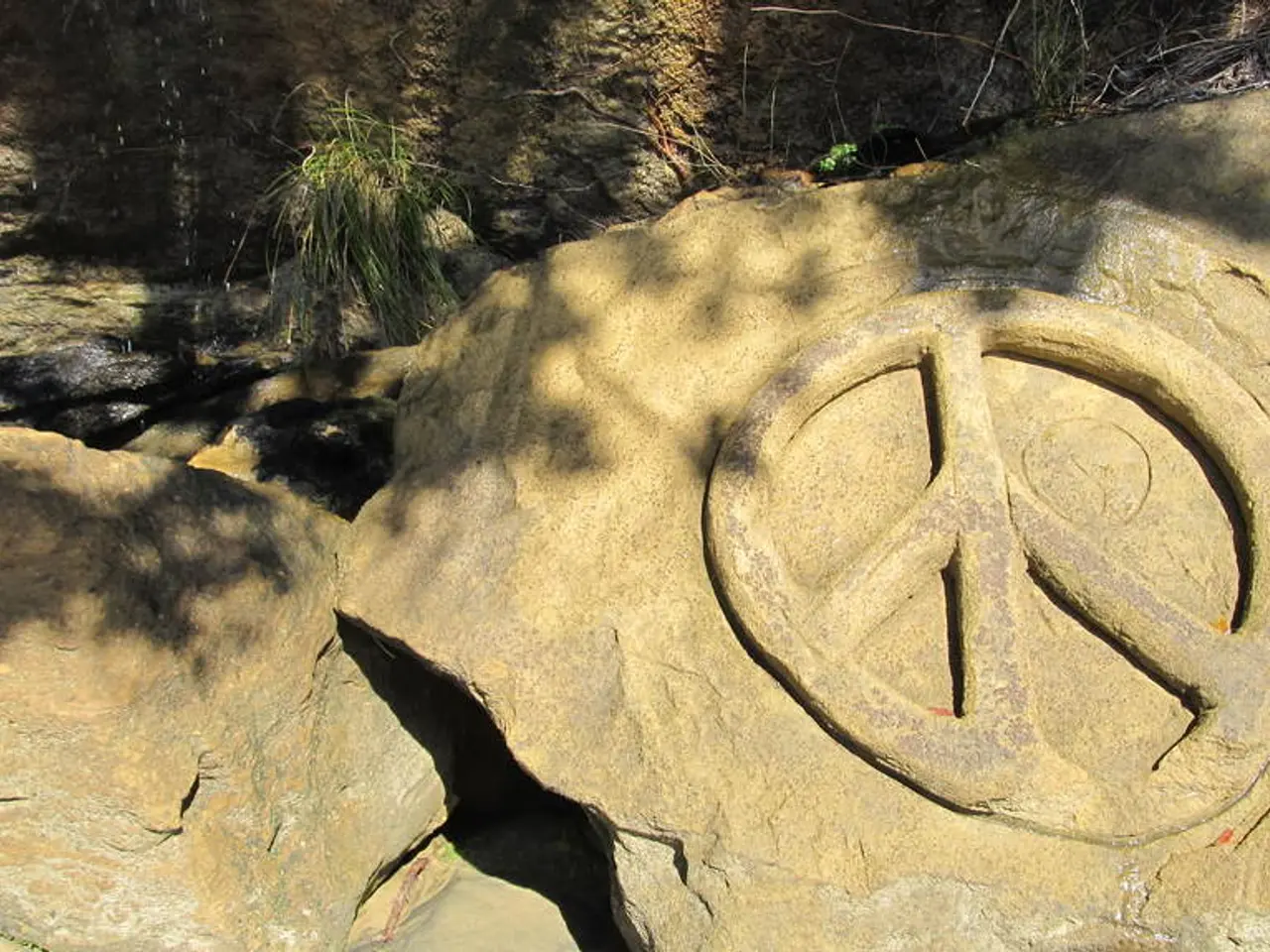October Birthstone: Opal Unveiled
Opals: The Gemstones of Mystery and Magic
Opals, with their unique play-of-colour and rich history, have captivated civilizations for millennia. From Ancient Greece and Rome to modern-day Australia, these gemstones have been revered for their beauty and mystical associations.
The name 'opal' itself is derived from ancient terms meaning 'precious stone', reflecting the stone's characteristic colour changes. Opals are hydrated forms of silica, containing up to 30% water, making them susceptible to drying out when exposed to heat, which can cause irreversible crazing or cracking.
There are two main types of opals: precious and common. Precious opals exhibit the magical play-of-colour, while common opals do not. Precious opals, with their irregular patches of rainbow hues that flash at many different levels as the stone is turned, are the most sought-after. These opals are found in various colours, shapes, and sizes, depending on the inner structure of the opal.
Australia is home to some of the world's best and most valuable opals, discovered in the late 19th century in places like Lightning Ridge and White Cliffs in New South Wales. Other varieties include fire opal, which is transparent to translucent and can be orange, red, or yellow. Some fire opals may display play-of-colour, but not all.
Synthetic opals, first created by Pierre Gilson in 1974, closely resemble natural opals in their physical and chemical structure, although they are not identical. When cut as a cabochon, synthetic opals exhibit a columnar structure to the patches of colour on the side of the cabochon, unlike natural opals. Under magnification, synthetic opals often show a uniform, repeating colour column pattern, giving a 'lizard skin' appearance.
In the Victorian era, opals were believed to be unlucky and a cause of misfortune, and some even thought they could bring physical harm to their wearer. However, today, opals are enjoying a resurgence in popularity, despite these historical misgivings.
When storing opals, it is recommended to keep them in a cooler temperature with a bit of moisture in the air to prevent drying out. Opals are porous and can be easily damaged by acids and chemicals such as detergents, perfumes, and jewellery cleaner. With proper care, these captivating gemstones can continue to dazzle and delight for generations to come.
[1] Geology.com. (2021). Opal. [online] Available at: https://www.geology.com/rocks/opal.shtml
[2] GIA. (2021). Opal. [online] Available at: https://www.gia.edu/opal
[3] Minerals.net. (2021). Opal. [online] Available at: https://www.minerals.net/mineral/opal.aspx
[4] Australian Opal Centre. (2021). Opal Types. [online] Available at: https://www.australianopalcentre.com.au/opal-types/
[5] Opal Auctions. (2021). Opal. [online] Available at: https://www.opalauctions.com/opal-information/opal-facts/
- To learn more about the characteristics and types of opals, one can explore various resources like online publications such as Geology.com, GIA, and Minerals.net.
- For a comprehensive guide on the different opal types, the Australian Opal Centre's website offers valuable insights.
- If you're interested in purchasing opals, Opal Auctions provides detailed information about these gemstones, including their facts and history.
- When considering opal jewelry or ornaments, remember to consider the lifestyle and environmental conditions they will be exposed to, as opals require proper storage and care to maintain their beauty.
- Shopping for opals is not limited to jewelry; they can also be found as decorative items for home-and-garden use, or even incorporated into fashion-and-beauty products, such as makeup or skincare.
- Travelers may wish to plan trips to opal-rich locations like Australia or geological workshops to gain hands-on experience with these fascinating gemstones. Additionally, exploring the history and culture of opals in places like the United States' famous car museums or upscale shopping centers could prove informative and engaging.




